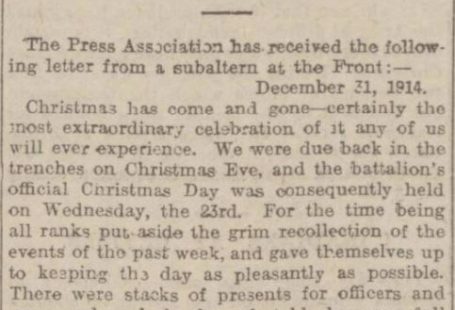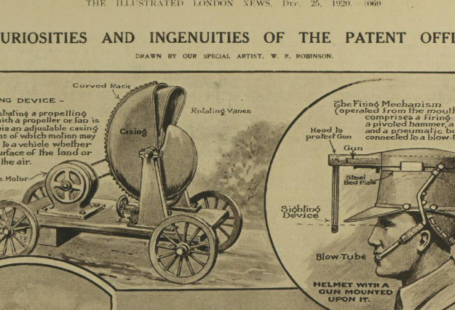The newspapers in our collection are full of gardening advice from across the centuries. In this series of posts we will explore flower and vegetable gardening from the early 1700s to the 1950s. Join us as we discover forgotten varieties and perennial favourites. We will share hints and tips from bygone ages, some of which may be worth reviving, and others which are better left untried.
April Showers
In April we can give into impatience and declare it Spring in the garden. Work has already started in earnest in the greenhouse and with the help of cold frames some planting has begun outdoors. The danger of frost has almost passed, albeit the weather can still be a little unpredictable. In 1844 The Lancaster Gazette waxed lyrical about the coming of spring:
True to its long-established character, April this year revels in shine and shower… The clouds indeed ‘drop fatness’ their kindly gifts alternating with brilliant days of glorious sunshine that seem to draw the unreluctant buds and flowers into life and beauty. In our garden the lent lily, conspicuous by the absence of equally showy flowers bespangles the border, & together with the fragrant wall-flower, modest polyanthus, and other flowers of the month, comprise a pretty early bouquet.
Spring Flowers
By April bulbs planted the previous autumn are flowering in earnest. The Lent Lily, a wild variety of daffodil, was common in England & Wales before the advent of industrial scale agriculture, which cleared the wild patches of ground at the edges of fields. In 1960 The Sphere reported that by 1948 there were 8,000 recognised varieties of daffodils.

Spring in full flower is a glorious thing. This water-colour, commissioned by the Illustrated London News, from botanical artist Winifred Walker illustrates wild and cultivated spring flowers found in the works of Shakespeare. Twenty flowers are described alongside the play in which they appear.

… Oxlips are passing (4, Midsummer Night’s Dream), and in gardens there grows the high crown imperials (2, Winter’s Tale) in company with the white narcissus (11, Love’s Labour’s Lost)… The small heartsease “purple with love’s wound” can be found in shady places (13, Midsummer Night’s Dream), and on the banks in warm sunshine the wild thyme blows (19, Midsummer Night’s Dream)…
Kitchen Garden

From the impressive walled kitchen gardens of the great houses to the Dig for Victory allotments of the Second World War, vegetable growing is well covered in the newspapers. Vegetables have waxed and waned in popularity over the course of the last 300 years. The papers trace the growing popularity of potatoes through the eighteenth century, the first mention of the tuber is in 1717. Asparagus also features heavily. Cauliflower, also spelled colliflower, is revealed as another firm favourite.
For those ‘growing your own’ April is a busy month. As The Western Daily Press reminded us in 1931:
Much as we would like to linger in the flower garden, there is sterner work to be tackled at this juncture for many crops in the vegetable section are claiming attention.
In 1837 the Canterbury Journal, Kentish Times and Farmers’ Gazette set out a formidable list of tasks:

Love-apples are tomatoes. Articles like these are fascinating. They show the amazing variety of fruits and vegetables grown in gardens over the centuries. They are also extremely useful for discovering the forgotten names of well known fruits and vegetables, and finding varieties which were once commonplace but are now rare.
Whether you have a window box, or an acre of land, the articles available in the Archive can provide inspiration to experienced, novice and armchair gardeners alike.









